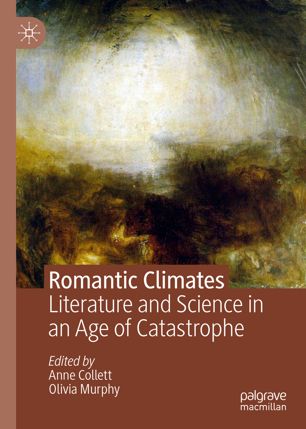

Most ebook files are in PDF format, so you can easily read them using various software such as Foxit Reader or directly on the Google Chrome browser.
Some ebook files are released by publishers in other formats such as .awz, .mobi, .epub, .fb2, etc. You may need to install specific software to read these formats on mobile/PC, such as Calibre.
Please read the tutorial at this link. https://ebooknice.com/page/post?id=faq
We offer FREE conversion to the popular formats you request; however, this may take some time. Therefore, right after payment, please email us, and we will try to provide the service as quickly as possible.
For some exceptional file formats or broken links (if any), please refrain from opening any disputes. Instead, email us first, and we will try to assist within a maximum of 6 hours.
EbookNice Team

Status:
Available5.0
5 reviewsThis book seeks to uncover how today’s ideas about climate and catastrophe have been formed by the thinking of Romantic poets, novelists and scientists, and how these same ideas might once more be harnessed to assist us in the new climate challenges facing us in the present.
The global climate disaster following Mt Tambora’s eruption in 1815 – the ‘Year without a Summer’ – is a starting point from which to reconsider both how the Romantics responded to the changing climates of their day, and to think about how these climatic events shaped the development of Romanticism itself.
As the contributions to this volume demonstrate, climate is an inescapable aspect of Romantic writing and thinking. Ideologies and experiences of climate inform everything from scientific writing to lyric poetry and novels. The ‘Diodati circle’ that assembled in Geneva in 1816 – Lord Byron, Percy and Mary Shelley, John Polidori and John Cam Hobhouse and the gothic novelist MG ‘Monk’ Lewis – is synonymous with the literature of that dreary, uncanny season. Essays in this collection also consider the work of Jane Austen, John Keats and William Wordsworth, along with less well-known figures such as the scientist Luke Howard, and later responses to Romantic climates by John Ruskin and Virginia Woolf.